Scott, Rich and Victoria’s Filament Lamp Sets the Mood
It’s all Hollows Eve as I write, and the product to be reviewed herein is fortuitously chosen. I’m not sure if London-based firm Scott, Rich and Victoria somehow telegraphed this seasonal concordance, if it’s owed to blind chance, or perhaps attributable to the prevailing mood of genial maleficience, but their Filament Lamp is dead on. The piece is loosely modeled after the early Edison lamp, thus representing a “contemporary re-interpretation of the handmade carbon filament lighting from the mid nineteenth century.” Historical scuttlebutt on that particular artifact doesn’t credit Edison with the “invention” of the lightbulb, but rather with the successful refinements to the several requisite components to make it work. These included less current, an improved vacuum, and a smaller carbon filament, and voila!, in 1879 he achieved incandescent illumination for an impressive duration of 13+ hours.
Filament Lamp. Designed by Scott, Rich and Victoria.
Some 130 years later, Scott, Rich and Victoria have seized on the original concept to create a much-deserved homage that’s also an aesthetic coup. Like Edison’s design, their piece features a visible filament inside a glass bulb, but this time around, the potent strands are not carbon thread but rather Cold Cathode Fluorescents (CCFLs). While cold cathodes can be expensive, they have several advantages over hot cathodes or neon: 1. they don’t produce excessive heat; 2. they have impressive longevity; 3. they don’t flicker like traditional fluorescents; and 4. (perhaps most relevant to our purposes) they can be manipulated into all manner of insidiously serpentine configurations.
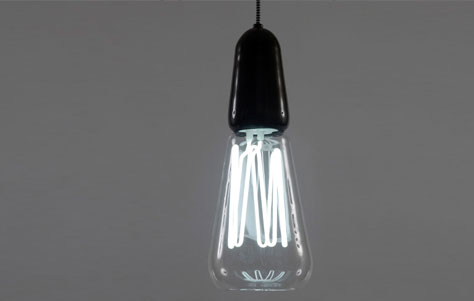
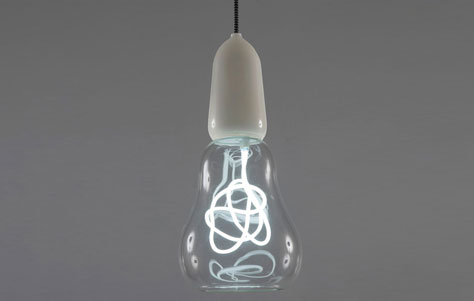
Scott, Rich and Victoria have parlayed this last quality into the most striking feature of their Filament Lamps. One model shows a centrifugal squiggle that reminds me of early depictions of the workings of the cosmos, and the second highlights a furious zig-zag that appears to push the physical constraints of the hand-blown bulb. Both models are pendant lamps with cords in intertwined strands of black and white, and the bases are standard in black or white as well. There’s something to be said for this binary color scheme, especially given the mad scientist evocations of the piece. The Filament Lamps remind me of all those great old black and white b-movies that pique our imaginations this time of year. So if you’re a fan of Nosferatu, House of Wax, or Boris Karloff’s Frankenstein, you’re sure to relish the luminescent sentience of Scott, Rich and Victoria’s frightening Filament Lamps.
Via DesignBoom.
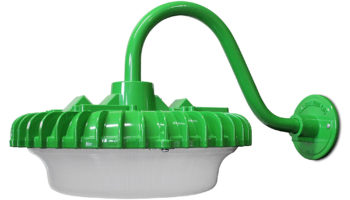
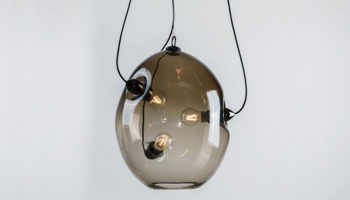
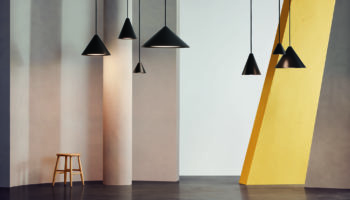

Leave a Reply